Audi and LED Lights in Motorsports
Audi has been at the forefront of LED technology in production vehicles since they released the Audi R8 in 2006. Today, they are developing dynamic LED lights that are meant to prevent the blinding of oncoming traffic, assist driver attention, and other handy functions.
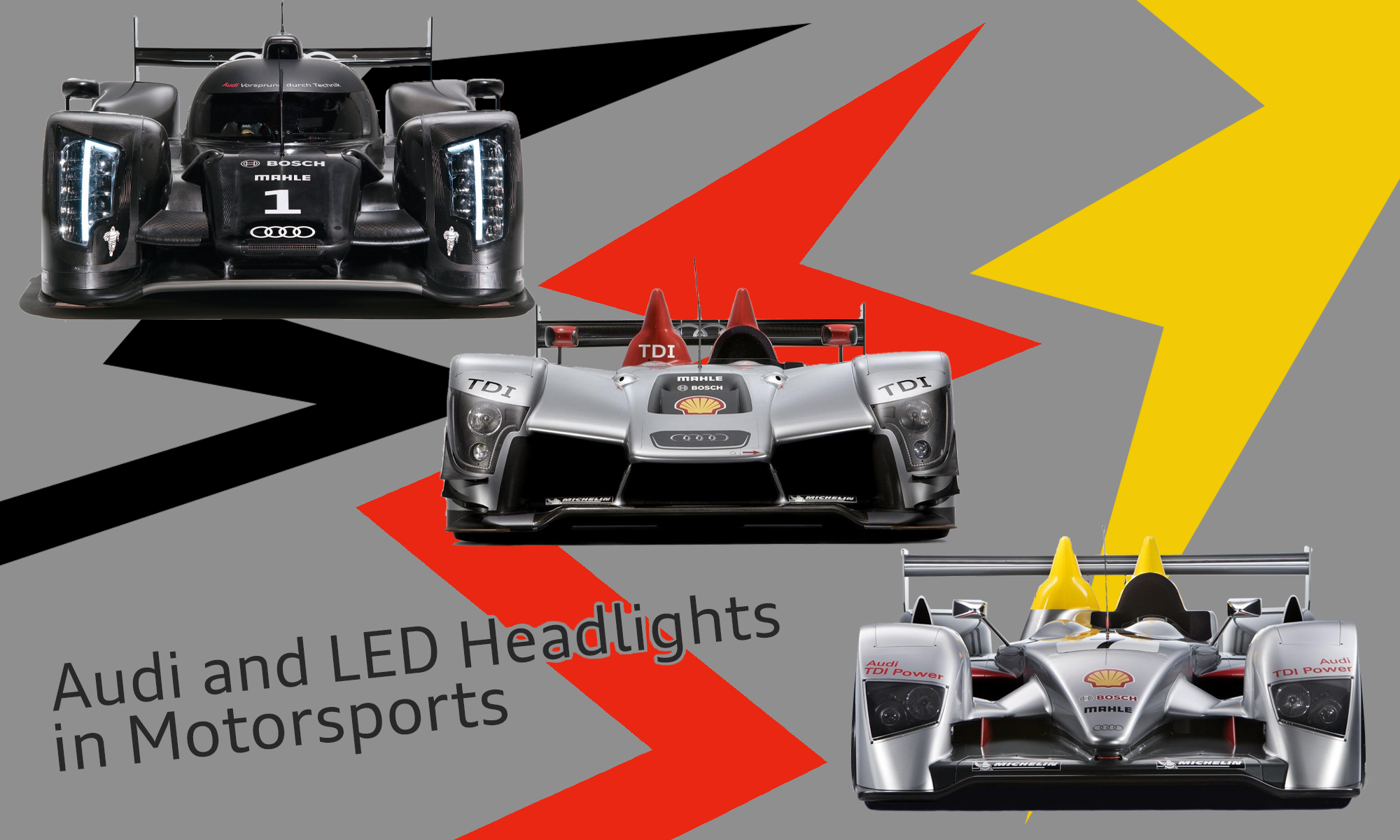
Much like a lot of vehicle technology, Audi developed LED lighting on their racecars before they would hit the road-car production line. To understand how the world of production car lighting got to where it is today, it is important to know where LED technology was tested to ensure quality on the road.
The R10 TDI
Audi had just unleashed the V8 or V10-powered R8 FSI coupe with a fully LED headlight housing in 2006. The German manufacturer utilized LED technology for both the low and high beams and for the daytime running light. That DRL would then move on to define the brand.
That same year, Audi began racing the R10 TDI (Turbocharged Direct Injection) in the then American Le Mans Series. On this car, they utilized LEDs to power the DRL. While it is not the famous light strips you see on modern cars and trucks, it was a standard projector housing.
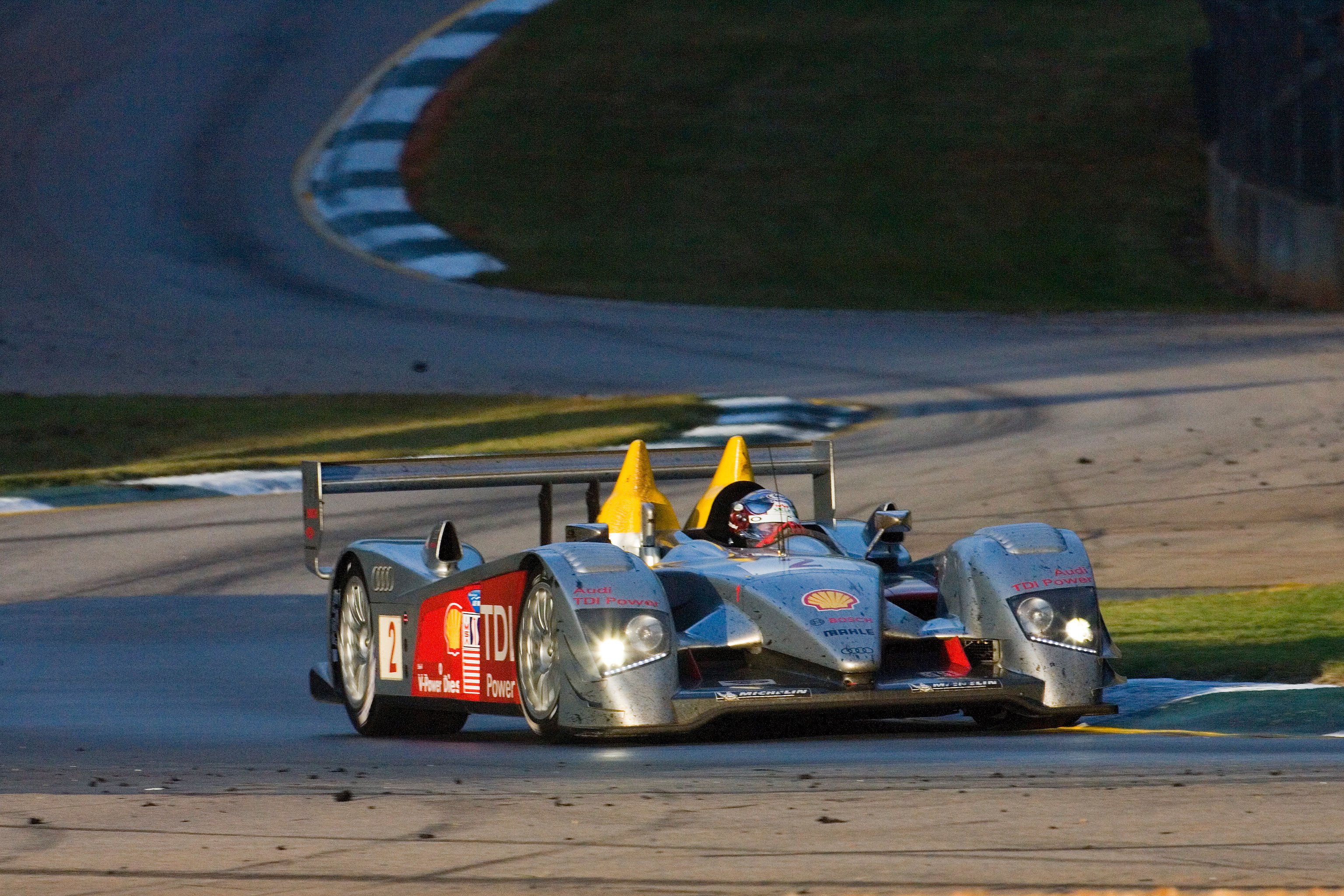
The R10 TDI was also the first diesel-powered car to win at the 24 Hours of Le Mans that same year. They would also dominate in the American Le Mans Series, with an R10 TDI placing first in every race, despite a late-season rule change that helped other teams to keep up with Audi.
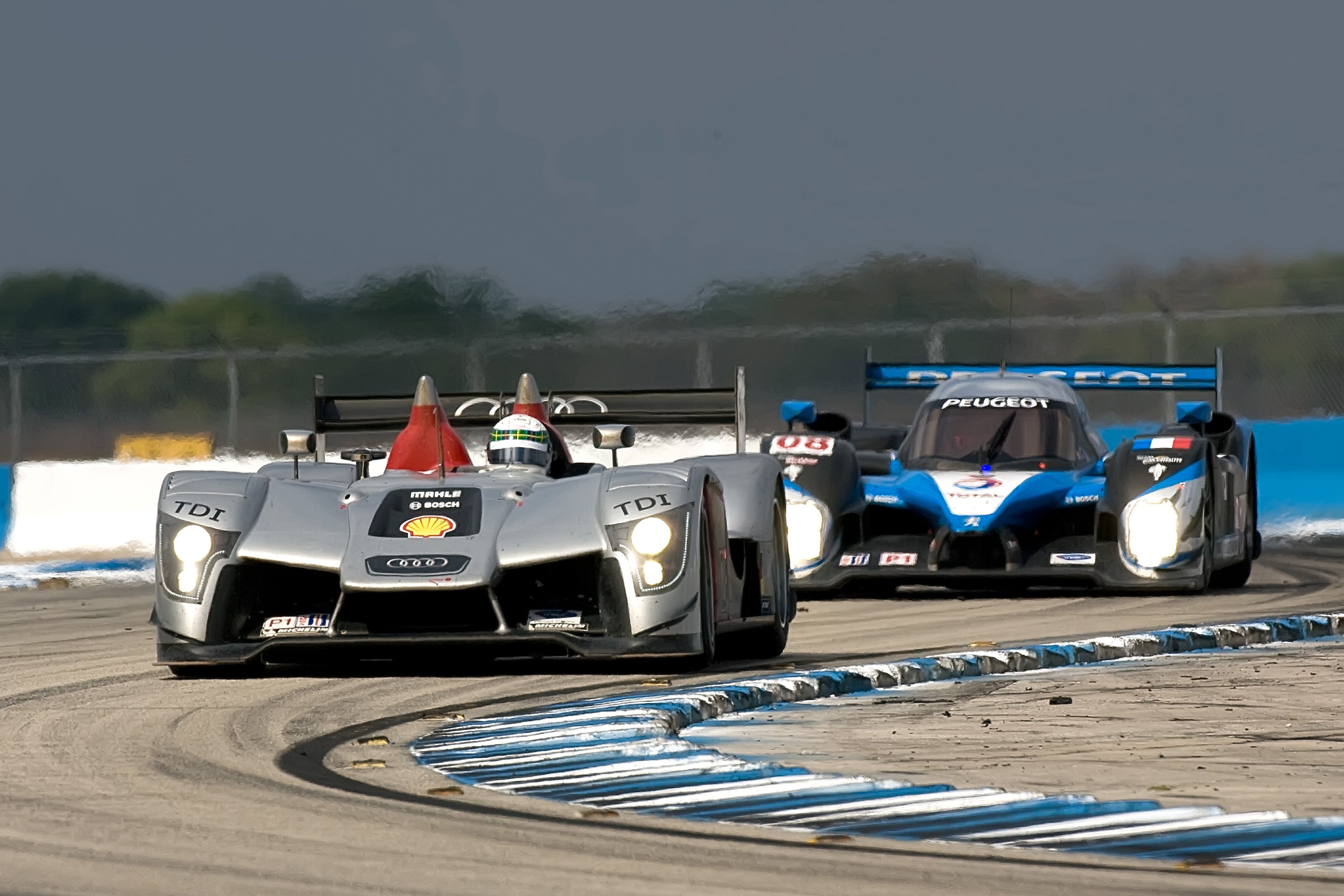
Other manufacturers would soon follow suit with the use of an LED DRL, A-Pillar light, grill illumination, and brake lights.
In 2009, Audi ran their R15 TDI, also one of the first Le Mans Prototype (LMP) cars I ever saw, with a combination of LED and xenon headlights. They also utilized LED lights mounted on the rear winglets that acted as brake lights.
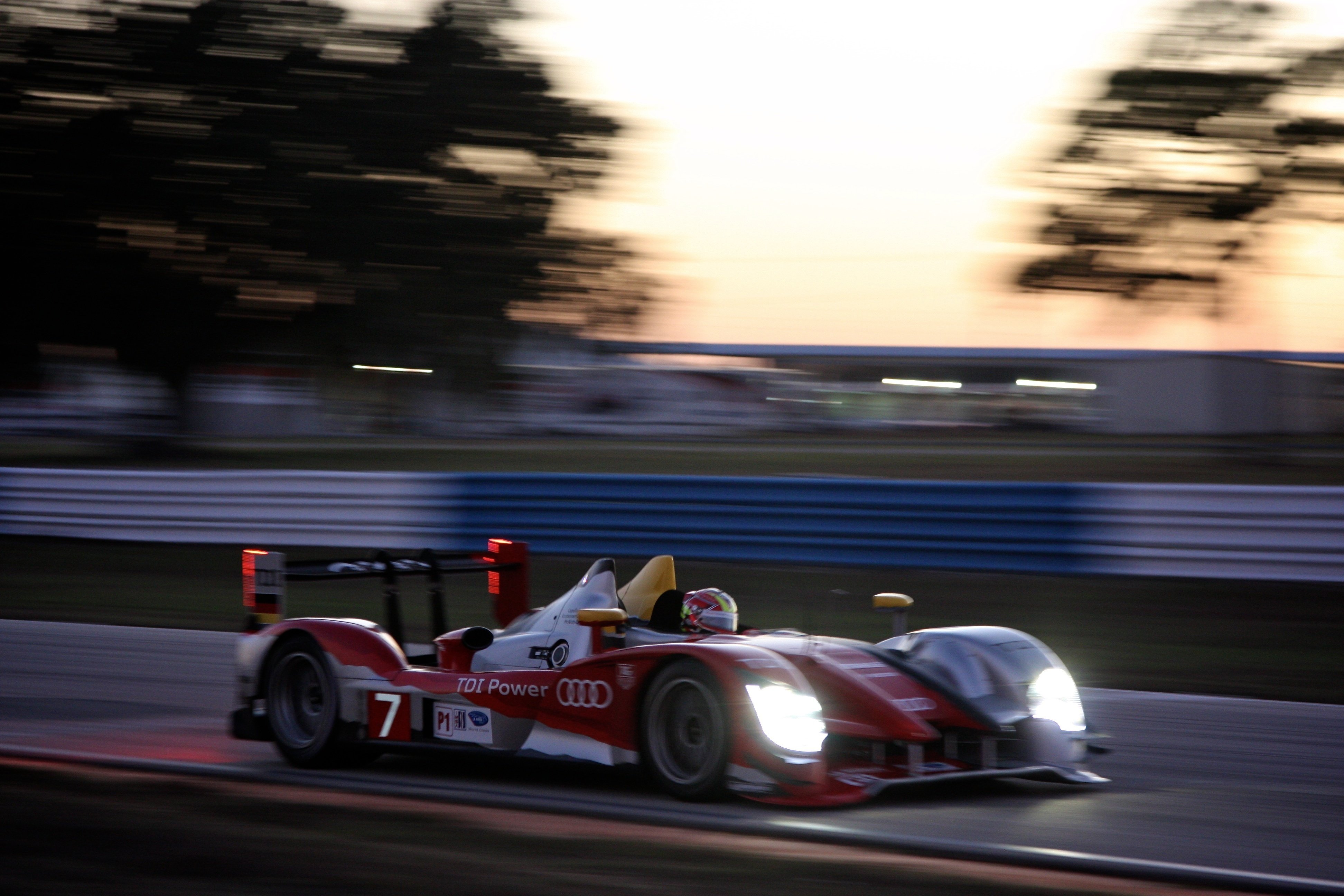
The R18 TDI
Come 2011, Audi started racing their R18 TDI LMP car. The first race car of any kind with full LED headlights. Audi used a combination of reflector-lens modules, and 16 LEDs to create their headlights. It served a number of advantages to the Audi Sport Team.
Drivers like Tom Kristensen noted that the light was stronger and less susceptible to vibration compared to a normal headlight, according to an Audi press release.
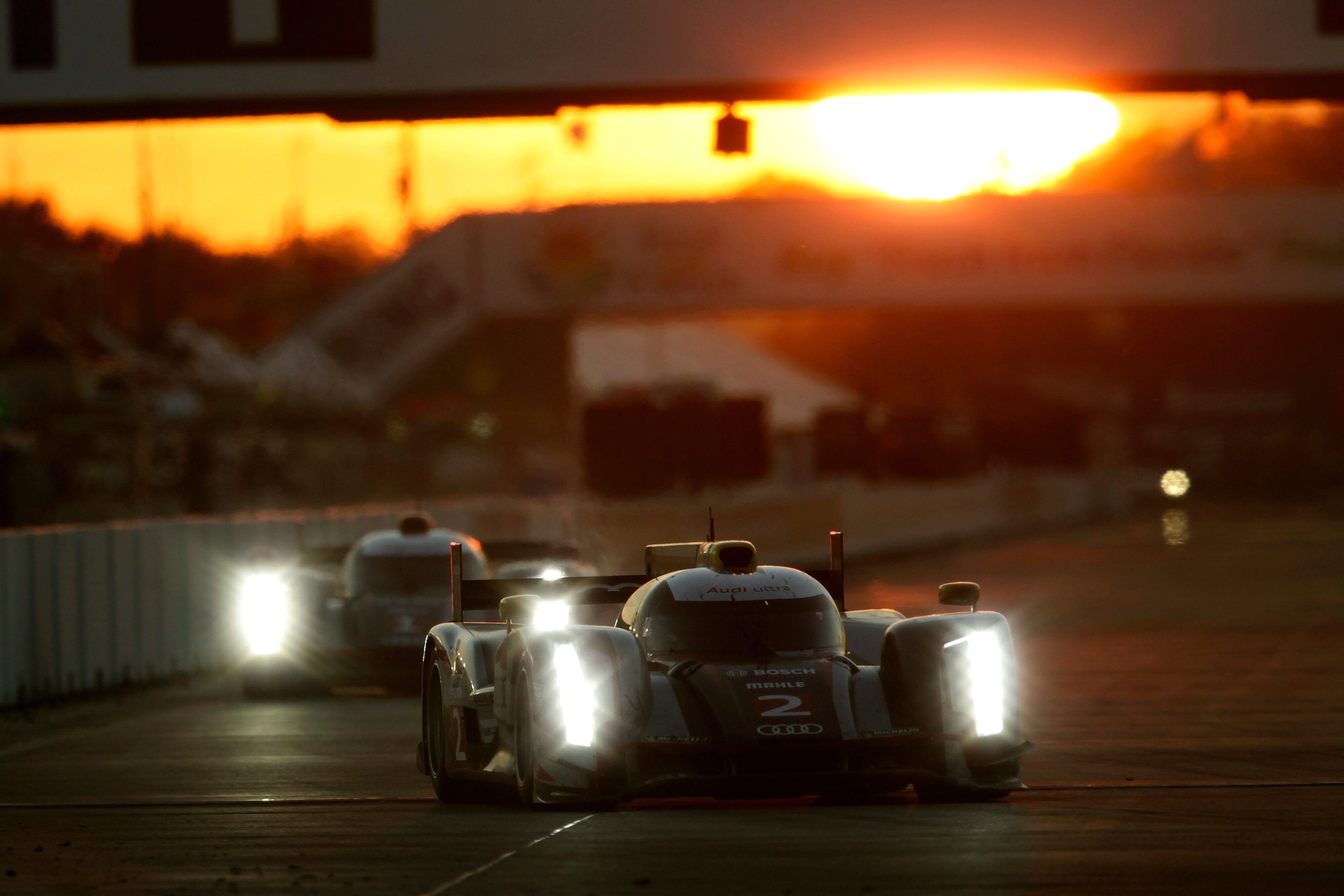
Beyond the enhanced visibility, the LED headlights also resulted in a smaller and lighter housing. In racing, being lighter, even by a few kilograms, can mean a big difference. The lights are also self-cooling, allowing the airflow on the track to cool the lights.
When discussing the actual output of these lights, we do not have any power figures or Lux ratings, but Audi mentions that they produced the brightest LED lights in use for the R18 as a collaboration with Audi AG. Each LED in the R18 headlights emitted the same brightness level. But Audi used five of the LEDs as a low beam and the other three on the headlight as a high beam.
“Three extra LEDs create the effect of a high beam by illuminating the track additionally through an individual position of the various reflectors,” according to Audi.
Conclusion
As automotive lighting enthusiasts, BAL is excited about these kinds of innovations and how they affect the world of production cars.
Just last month, the United States National Highway Traffic Safety Administration permitted adaptive headlights to be used on U.S. roads. The lights have been known to prevent collisions in the dark and have been in use in Japan, Canada, and Europe for more than a decade.
In the meantime, stick around the Better Automotive Lighting Blog for all the latest on the automotive lighting world. Also, check out our Facebook page we just started. Be sure to drop us a comment and leave a ‘Like’ to let us know how we are doing.
All images courtesy of Audi Media Center.



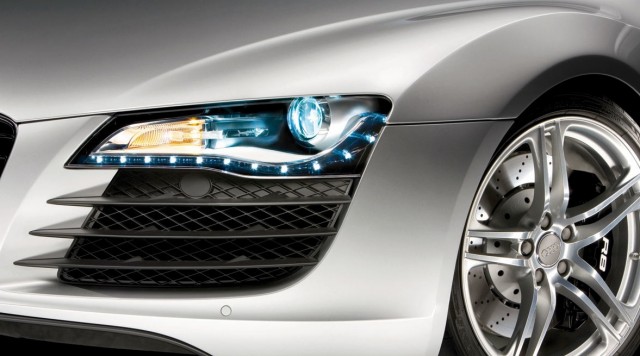
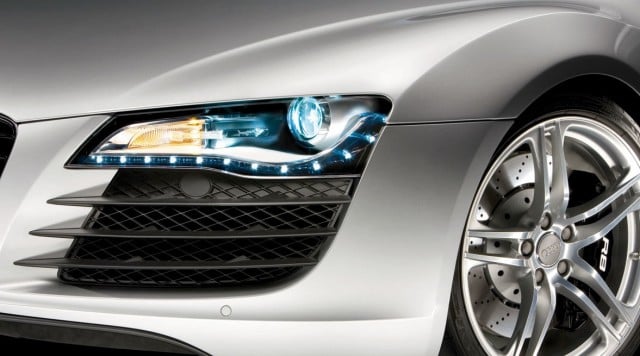
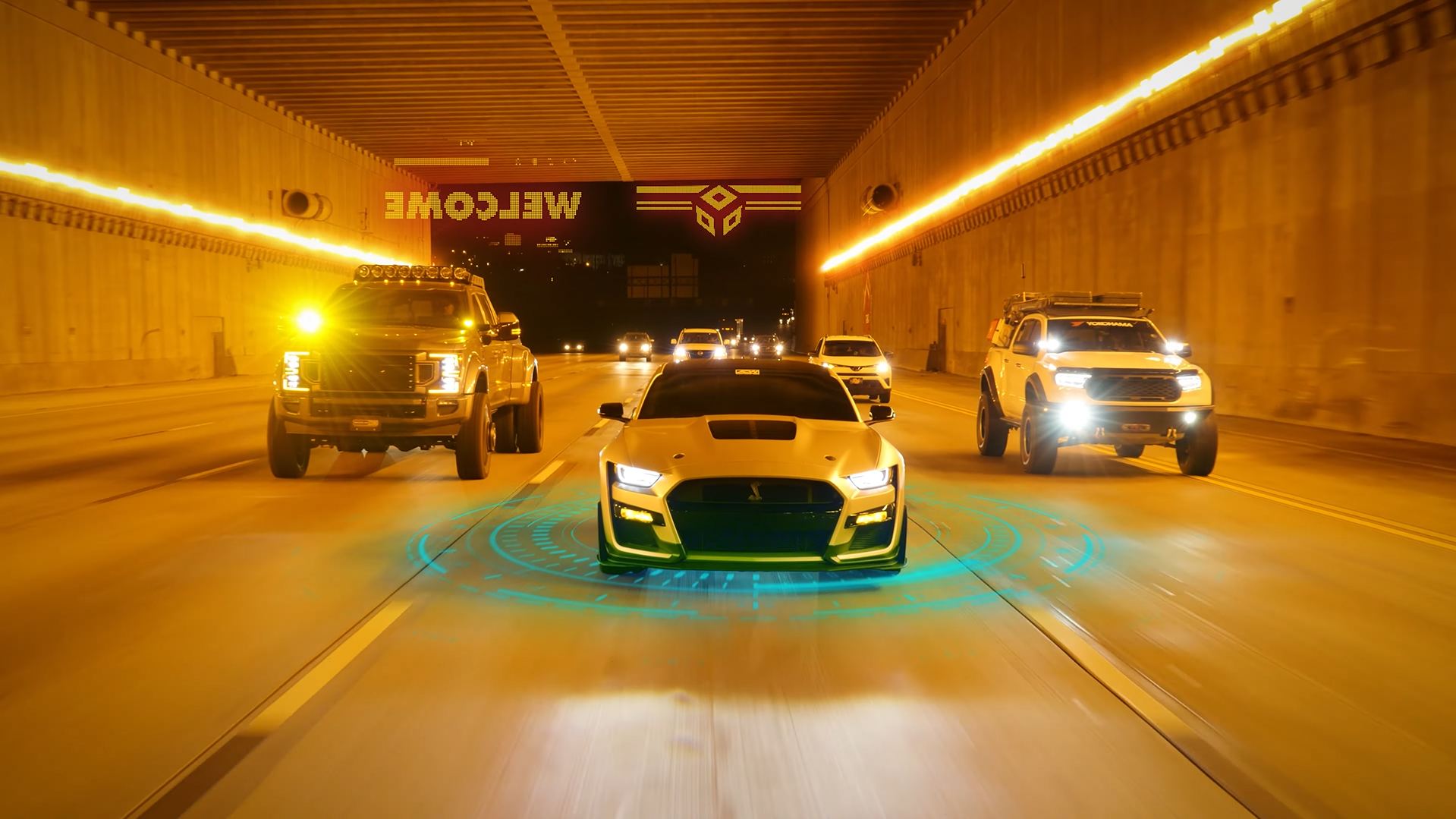
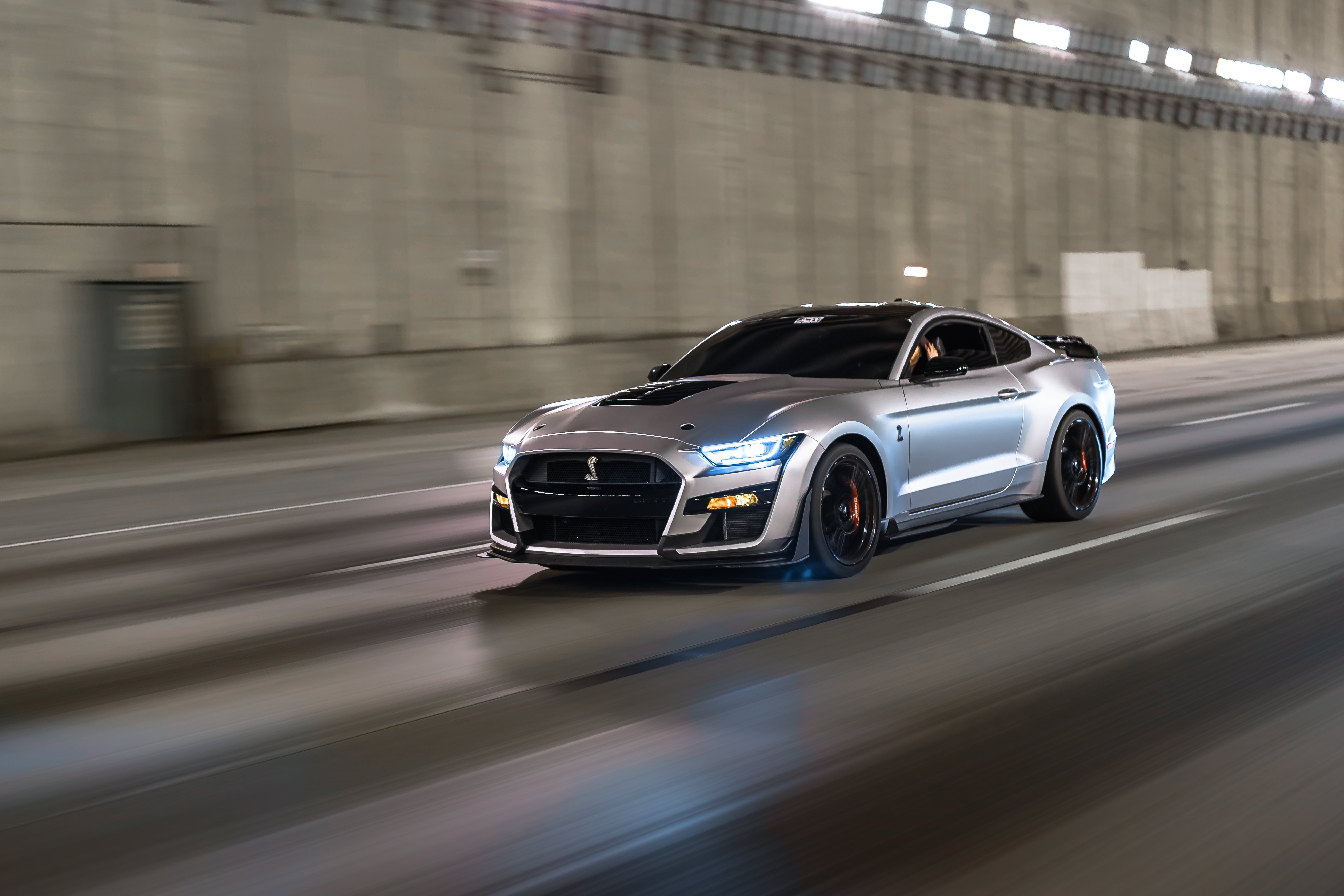
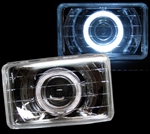
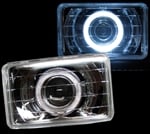
.png?width=300&height=87&name=logo%20(1).png)